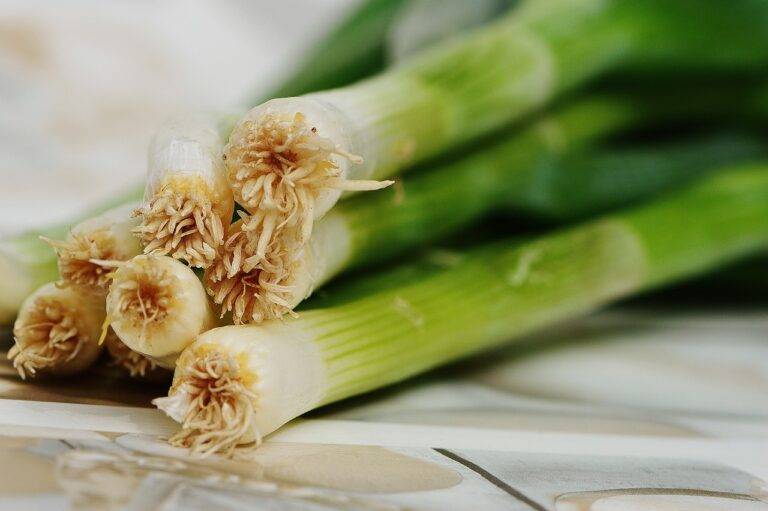Examining the Impact of Climate Change on Global Food Security
Climate change is significantly affecting agricultural practices worldwide. Rising temperatures, changing precipitation patterns, and extreme weather events are all influencing how food is grown and harvested. These shifts have led to challenges in crop production, livestock management, and overall food security.
Farmers are grappling with the unpredictability and intensity of climate change, which is causing disruptions in growing seasons and altering traditional agricultural practices. As a result, efforts to adapt to these changes are becoming increasingly crucial to ensure the sustainability and resilience of food production systems.
Understanding the Vulnerability of Food Systems to Climate Change
Climate change poses a significant threat to food systems around the world. The increasing frequency and intensity of extreme weather events, such as droughts, floods, and heatwaves, can lead to crop failures, reduced agricultural productivity, and food shortages. These disruptions not only impact the availability of food but also affect its quality and nutritional value, leading to potential health risks for consumers.
Moreover, the vulnerability of food systems to climate change is exacerbated by other factors such as limited access to resources, inadequate infrastructure, and socioeconomic disparities. Smallholder farmers, who often rely on rainfed agriculture and have limited access to modern technologies and markets, are particularly at risk. As climate change continues to unfold, it is essential to understand the complex interplay between environmental, social, and economic factors that influence the resilience of food systems and to develop strategies to build adaptive capacity and ensure food security for all.
Effects of Climate Change on Crop Yields
Climate change poses significant challenges to crop yields worldwide. Rising temperatures lead to heat stress in plants, affecting their growth and development. Additionally, changes in precipitation patterns result in droughts or floods, further impacting crop productivity. These extreme weather events disrupt the delicate balance needed for successful agricultural production.
Furthermore, the increase in frequency and intensity of pests and diseases due to climate change adds another layer of complexity to crop yield stability. As temperature and humidity conditions shift, certain pests thrive, causing extensive damage to crops. Farmers are forced to adopt new strategies to manage these threats, which can impact the overall output of agricultural systems.
• Climate change leads to heat stress in plants, affecting growth and development
• Changes in precipitation patterns result in droughts or floods, impacting crop productivity
• Extreme weather events disrupt the delicate balance needed for successful agricultural production
• Increase in frequency and intensity of pests and diseases due to climate change adds complexity to crop yield stability
• Shifts in temperature and humidity conditions allow certain pests to thrive, causing damage to crops
• Farmers must adopt new strategies to manage threats, impacting overall output of agricultural systems
How does climate change affect crop yields?
Climate change can impact crop yields through changes in temperature, precipitation patterns, and extreme weather events, which can lead to reduced crop productivity and quality.
Why are food systems vulnerable to climate change?
Food systems are vulnerable to climate change because they rely heavily on stable growing conditions, which can be disrupted by shifts in climate patterns such as droughts, floods, and heatwaves.
What are some of the specific effects of climate change on crop yields?
Some specific effects of climate change on crop yields include decreased water availability, increased pest and disease pressure, reduced nutrient uptake, and changes in flowering and fruiting times.
How can farmers adapt to the effects of climate change on crop yields?
Farmers can adapt to the effects of climate change on crop yields by implementing practices such as crop diversification, improved water management, soil conservation, and the use of climate-resilient crop varieties.
What are some potential solutions to mitigate the impact of climate change on crop yields?
Potential solutions to mitigate the impact of climate change on crop yields include reducing greenhouse gas emissions, increasing carbon sequestration in soil, promoting sustainable agriculture practices, and investing in climate-smart technologies.







